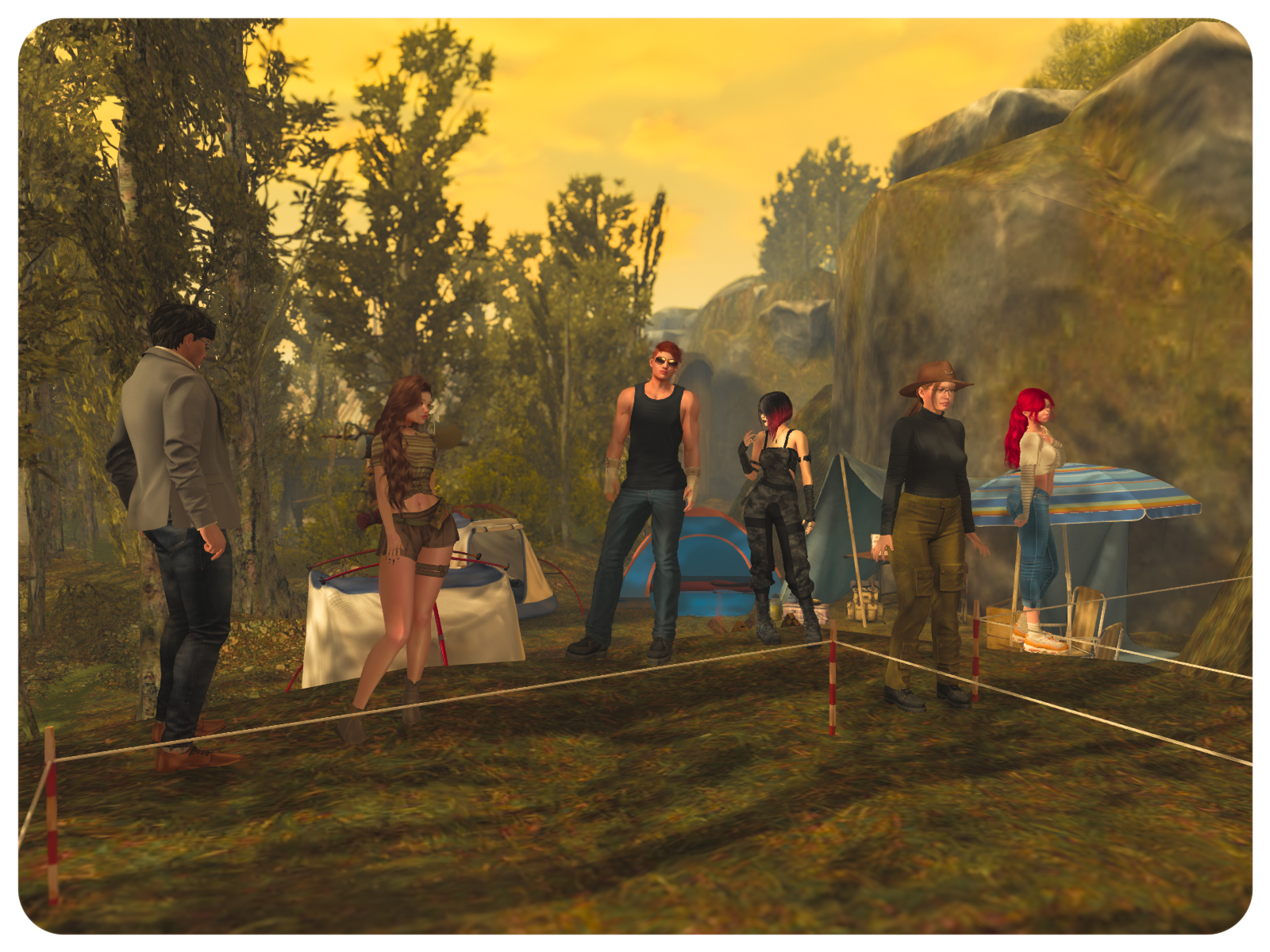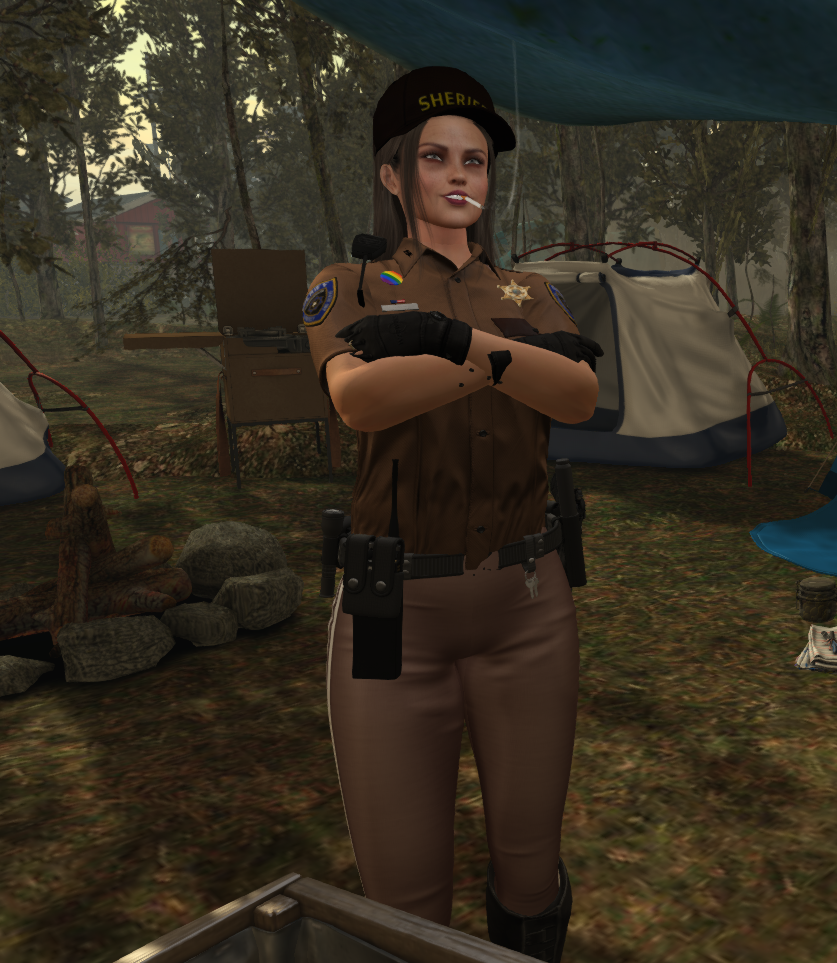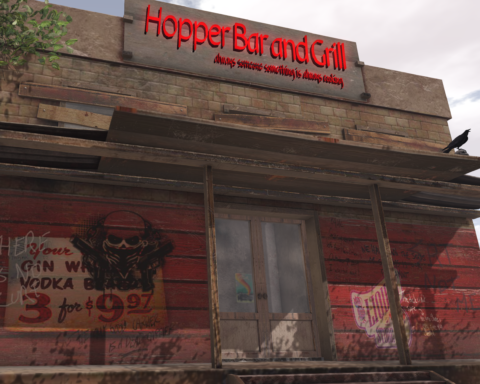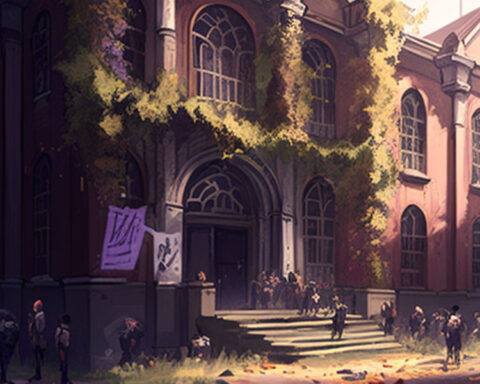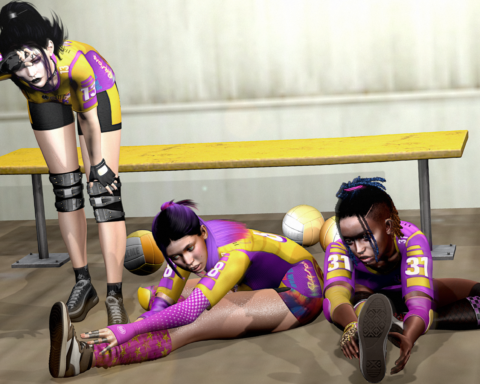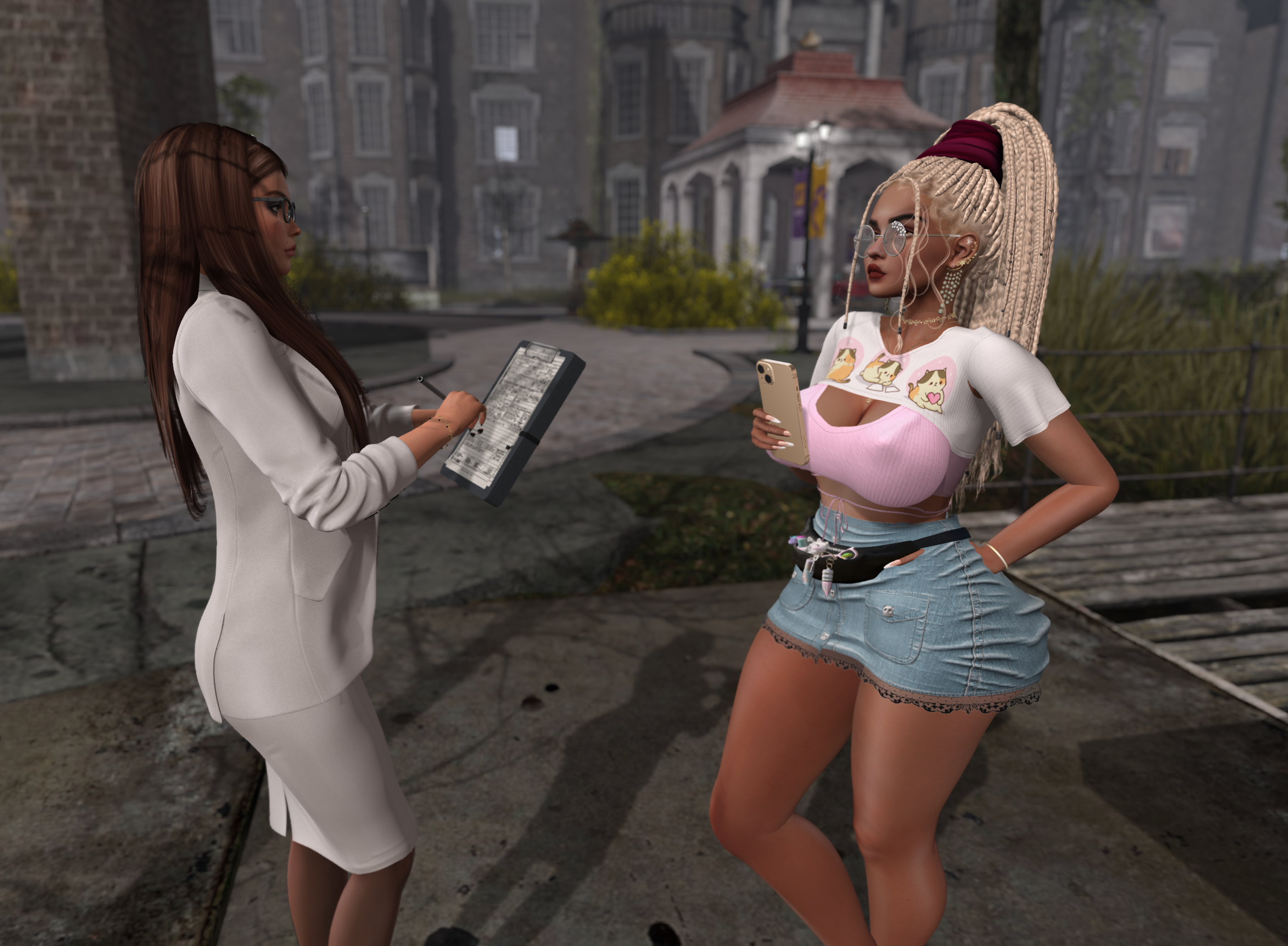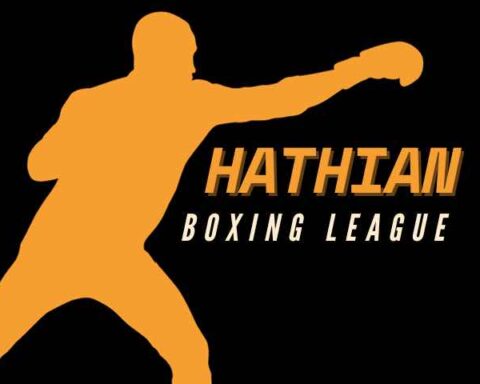By: Arnica Venus
When we hear ‘ancient history’, the wonders of the Old World appear before our eyes. But here in the US, pre-colonial history is often viewed through outdated stereotypes of primitive indigenous people. What if I told you that some of the mounds our homes are built on are twice as old as the Egyptian pyramids?
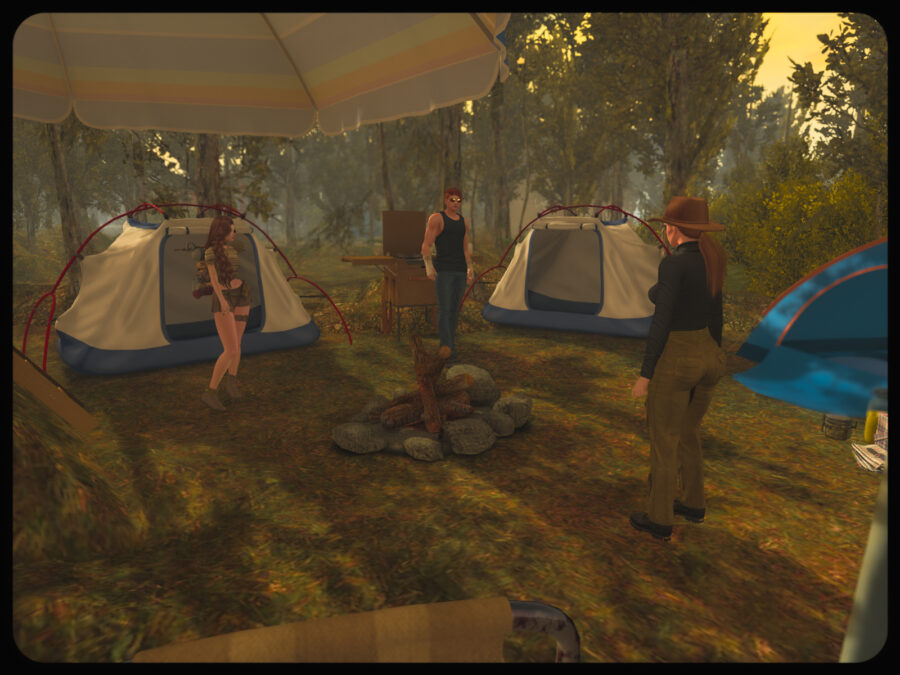
Last week, students from Columtreal University Archaeological Club attempted to lift this veil by going on an expedition to the Laveau marshes and excavating an ancient shell midden. Despite weather whims, swarming mosquitoes and an unstable crime scene in the region, we managed to achieve, albeit not ground-breaking, but clearly solid results!
What is a ‘Shell Midden’?
Let’s start with the basics. What is shell midden? Unlike an earthen mound, this formation was not deliberately erected to mark a burial site, but was formed over the centuries near the active settlement by the accumulation of by-products. Freshwater shellfish were a common source of food and tools for the indigenous tribes who lived along the banks of the Mississippi, thus shells became a main filler material. Lucky for us, because digging through the swampy mud would have been much more tedious! You can read more on Wikipedia if you want!
But how old is this midden? The laboratory at the University of New Orleans conducted radiocarbon dating of materials obtained during last summer’s survey excavation, and set the formation date in the first half of the first millennium AD. We know these times as the rise and decline of the Roman Empire, but here on the banks of the great rivers, no less interesting (but, unfortunately, almost undocumented) events took place.
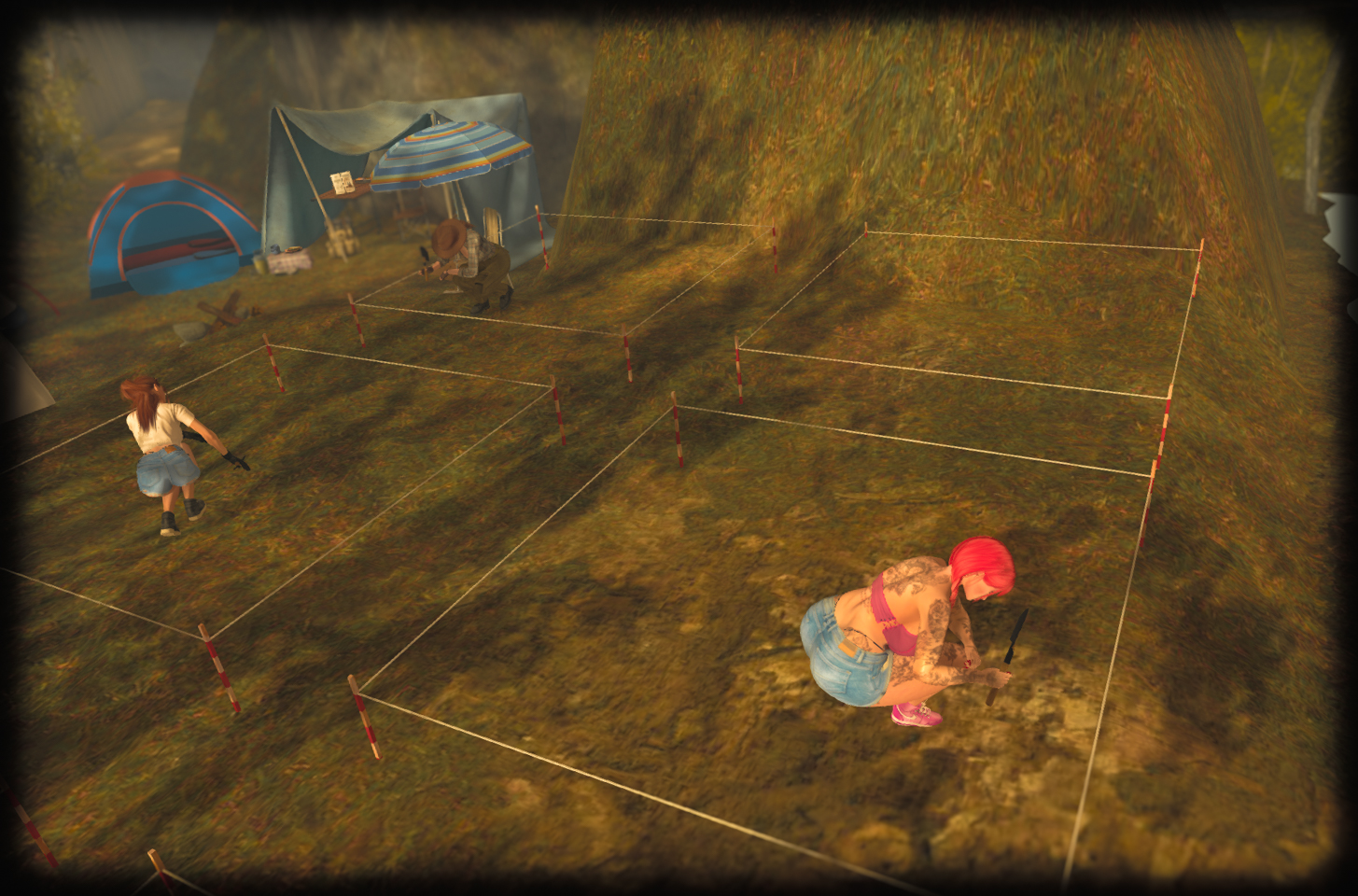
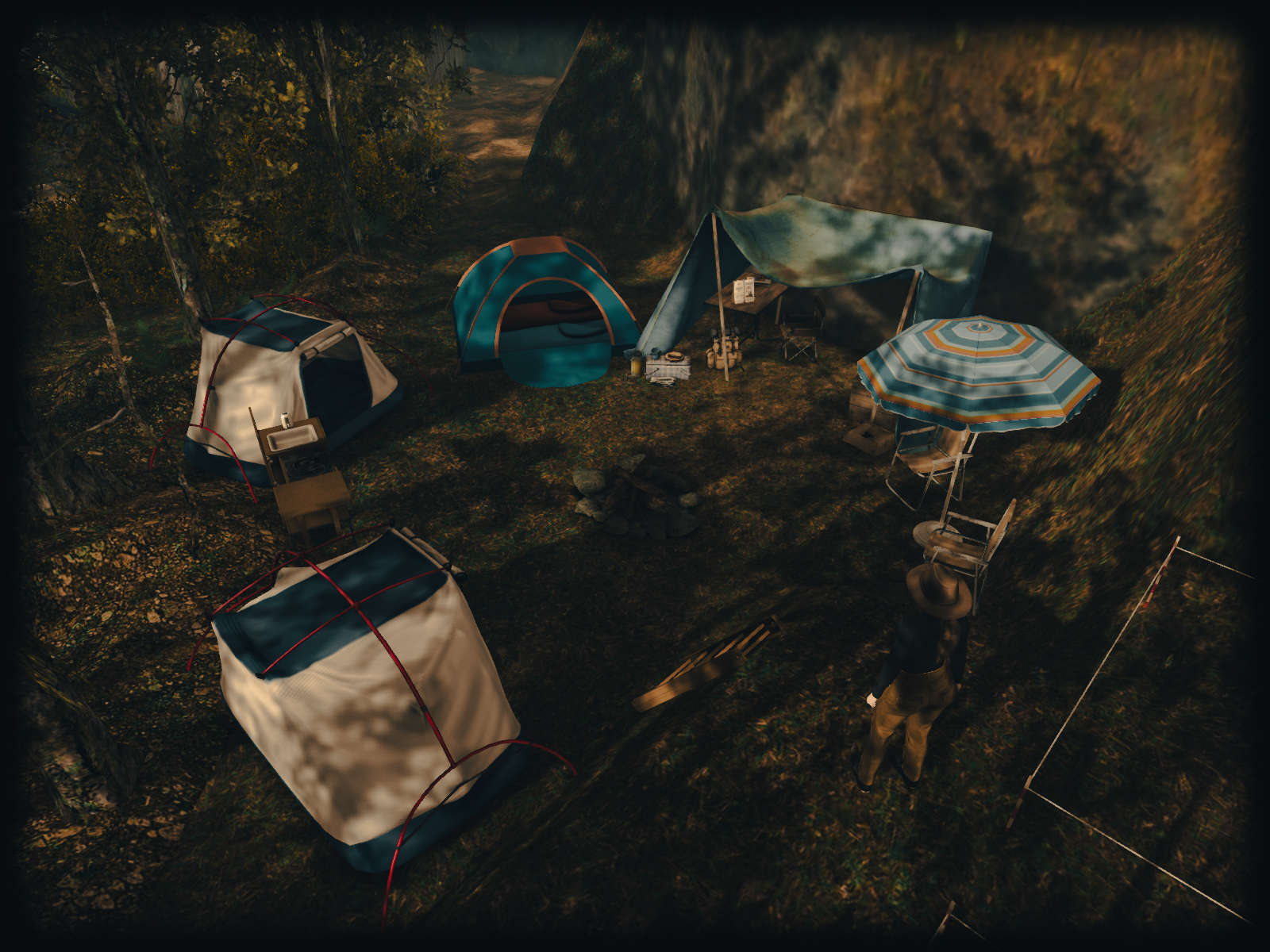
This was a time of prosperity, wide trade networks and cultural exchange, from the shores of the Gulf of Mexico to the Great Lakes. Historians call this episode the Hopewell tradition, a social phenomenon that took place from 100 BC to 500 AD and united numerous pre-contacted tribes.
Our expedition managed to achieve its main goal – to prove the existence of the enormous trading network by discovering artifacts originated from lands far away. Some of these finds are already available for viewing at the Hathian Museum, and we invite all inquisitive residents to see them in person!
In conclusion, I would like to say a word of gratitude to all members of our volunteer group, especially Katrina Walker, Daiyu Tang and Samantha Smith for discovering the most valuable artifacts, some of which are now on (temporary) display in the Hathian Museum & Galleries!
Special thanks to: Columtreal University for hosting our Archaeological Club; Hathian Museum for sponsoring the expedition; Laveau Sheriff Department for assistance and protection; and last but not least, Bait Shop and Dine for providing us with shelter, food and tools.
Thank you for your attention and remember, who knows the past controls the future!
(( Event Statistics:
- 9 people took direct part in the excavations, discovering 57 common and 7 unique (of 13) artifacts
- 3 participants kept some of the excavated artifacts for themselves, including 1 unique
- Katrina Walker becomes MVP with 14 common and 2 unique finds, closely followed by Daiyu Tang (12/1) and Samantha Smith (10/2)
Daiyu writes: Many thanks to Arnica’s player for scripting this all, building dig sites, adding scripts and animations and more. Thank you from the CU and wider community for your efforts ))
